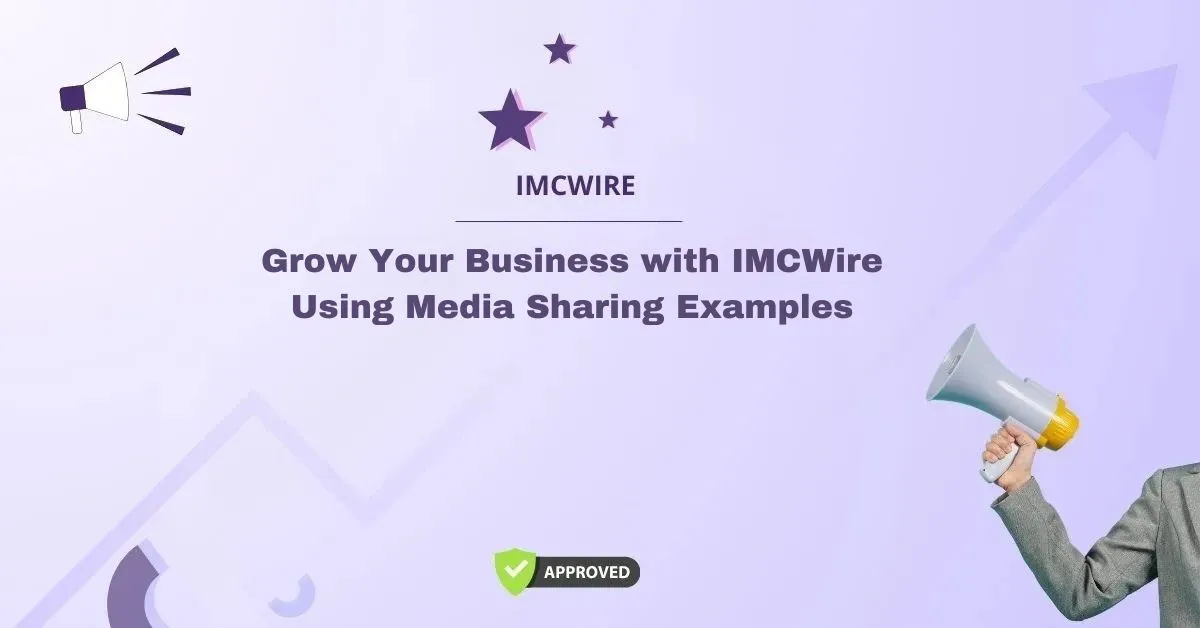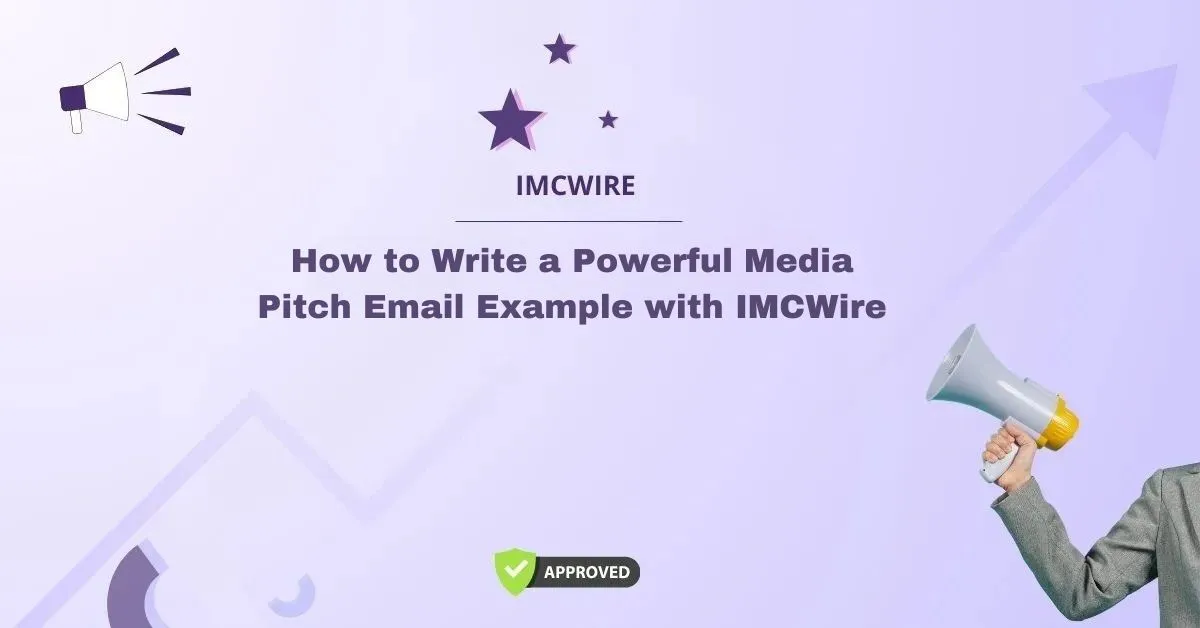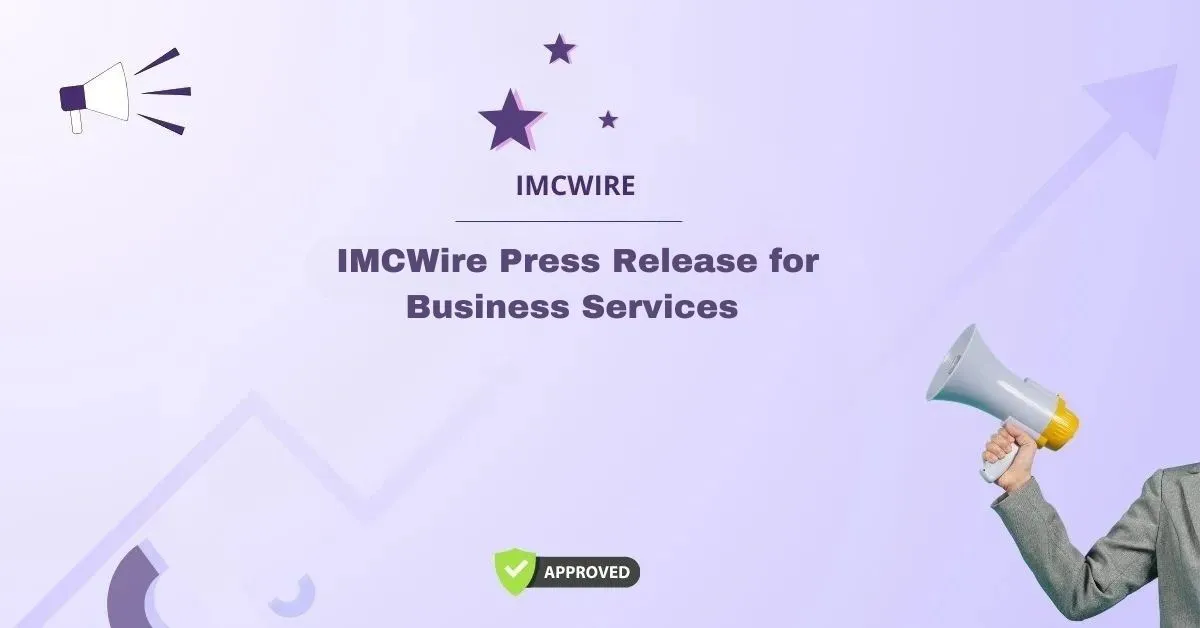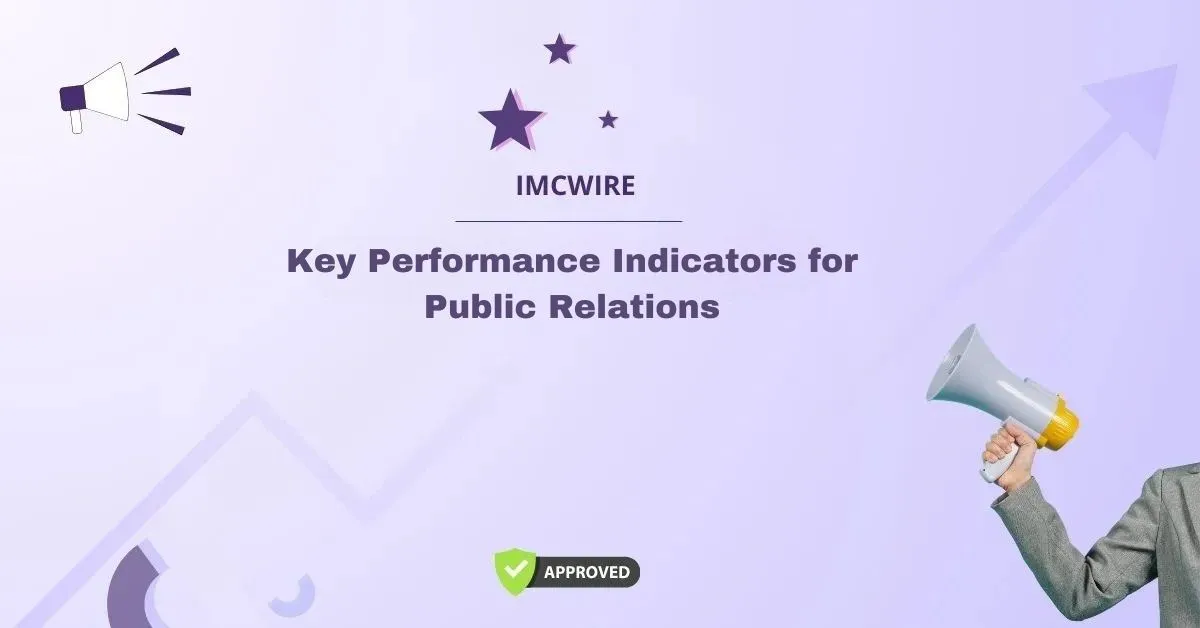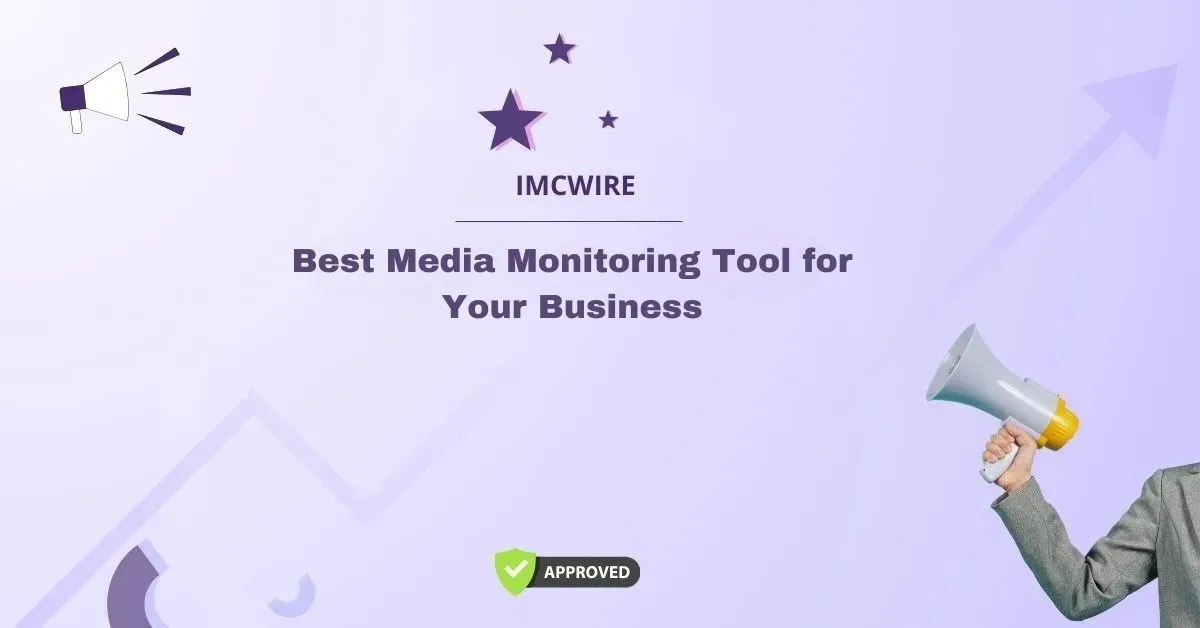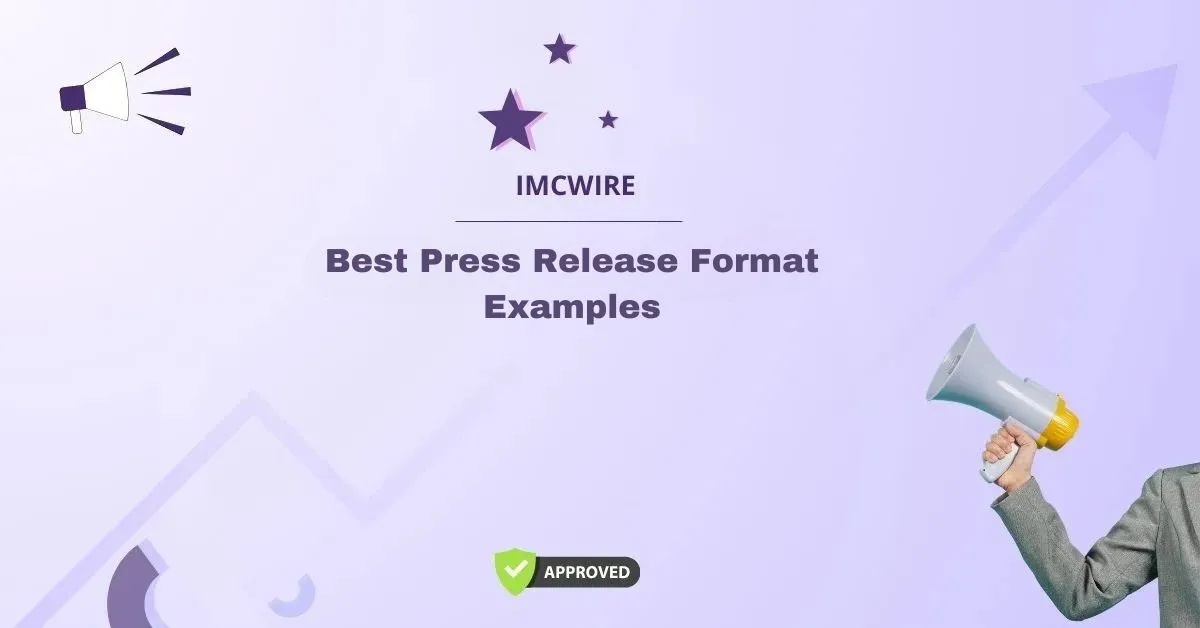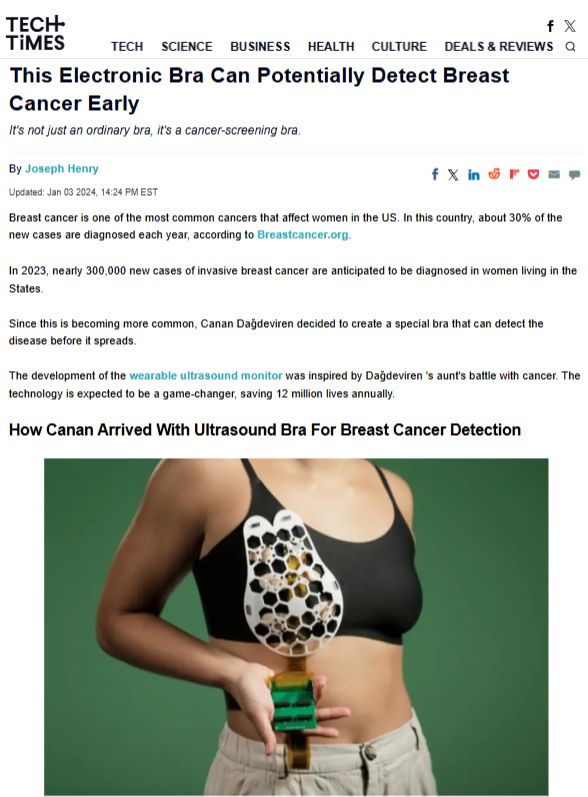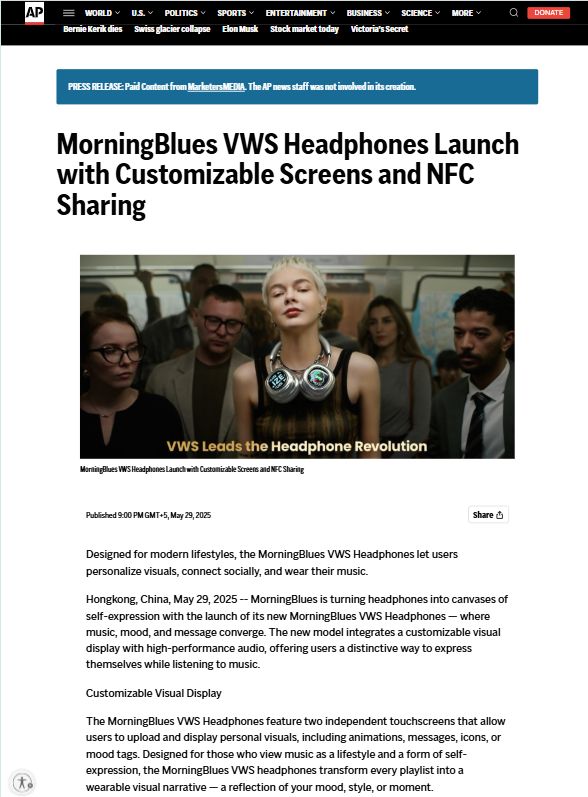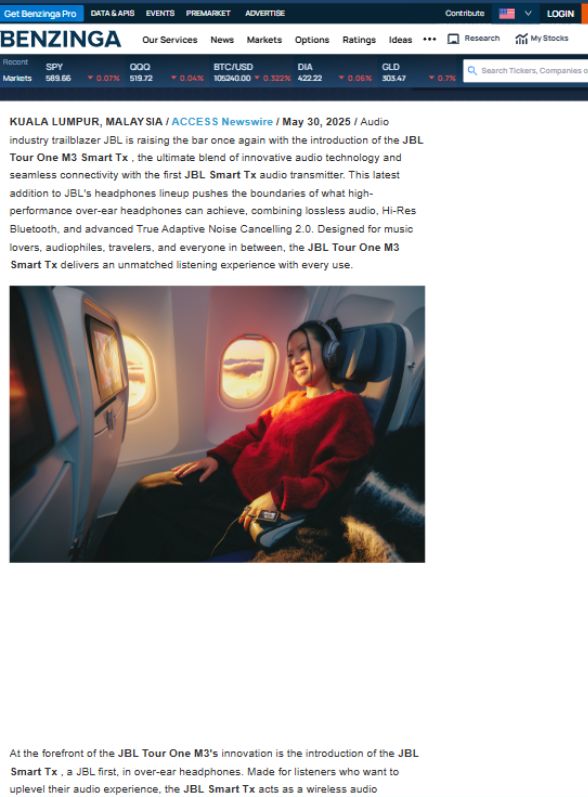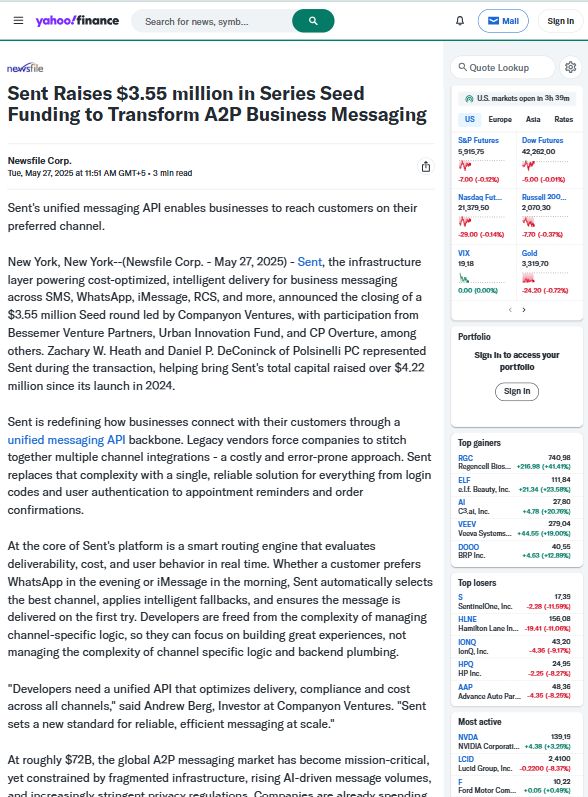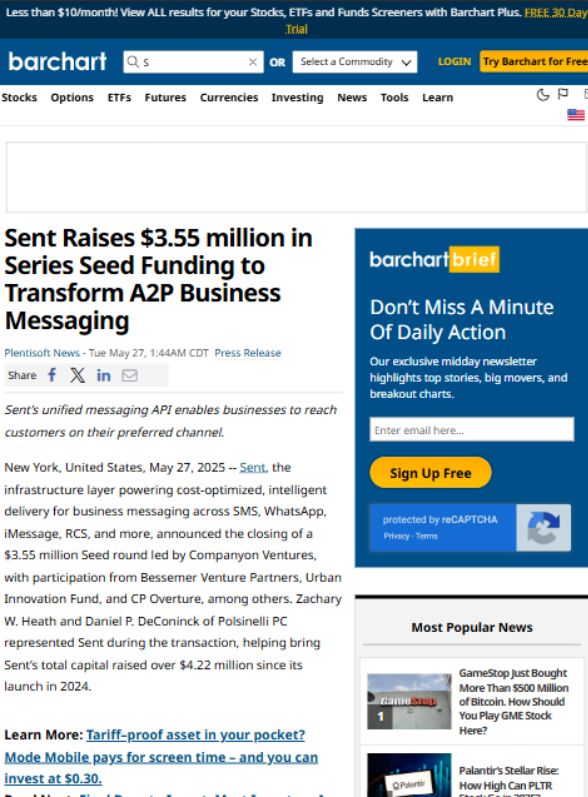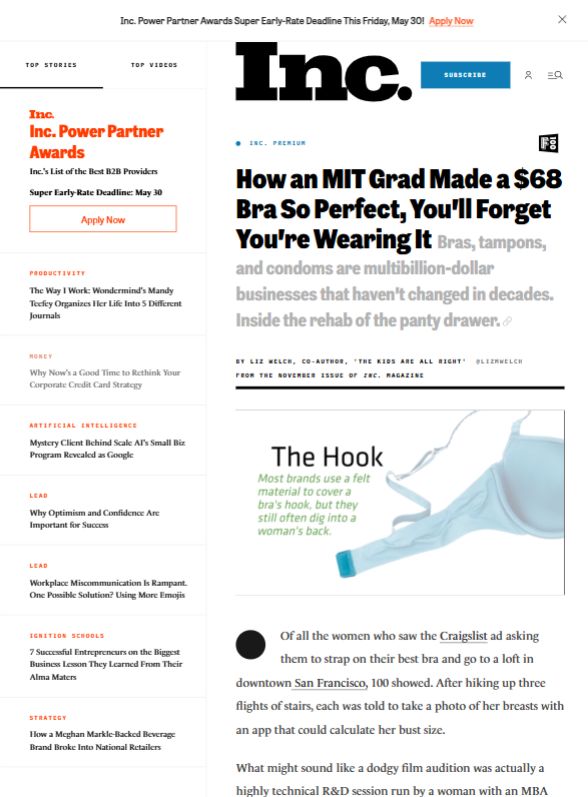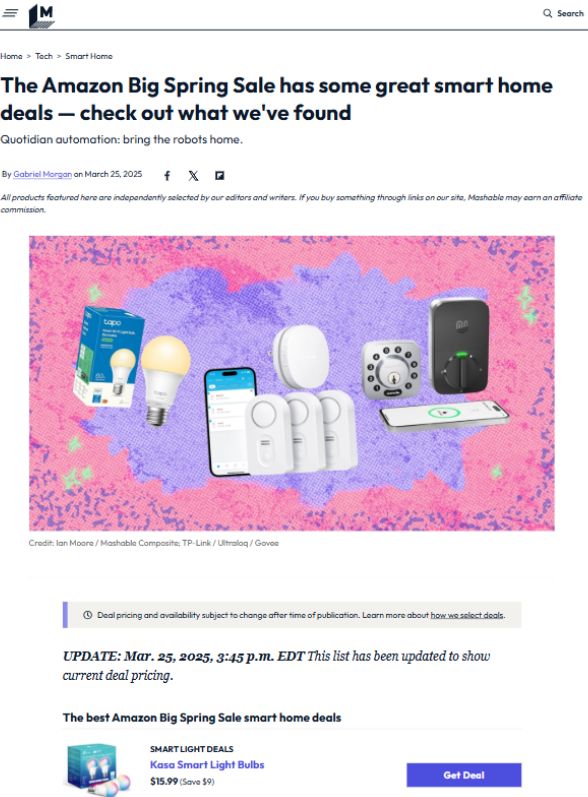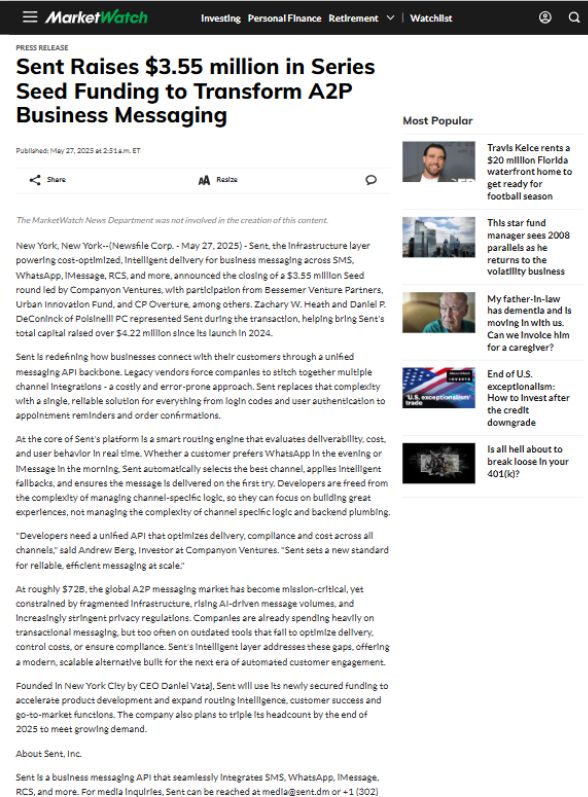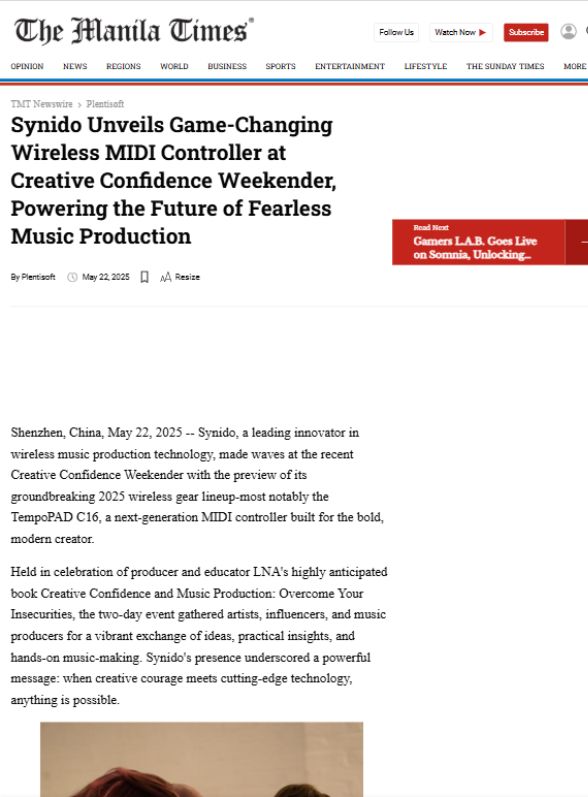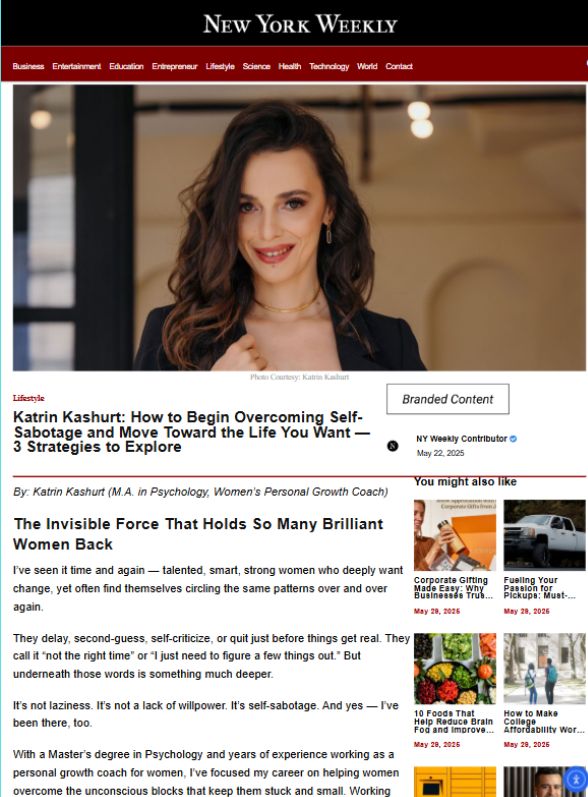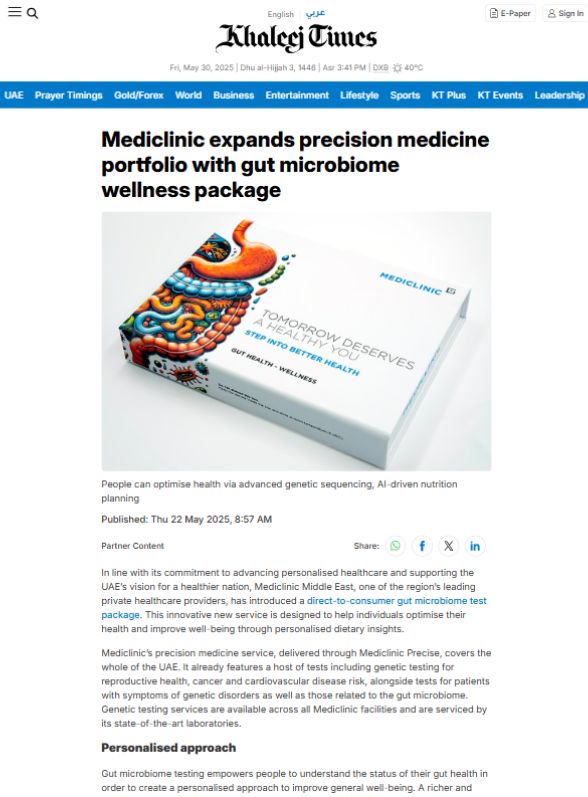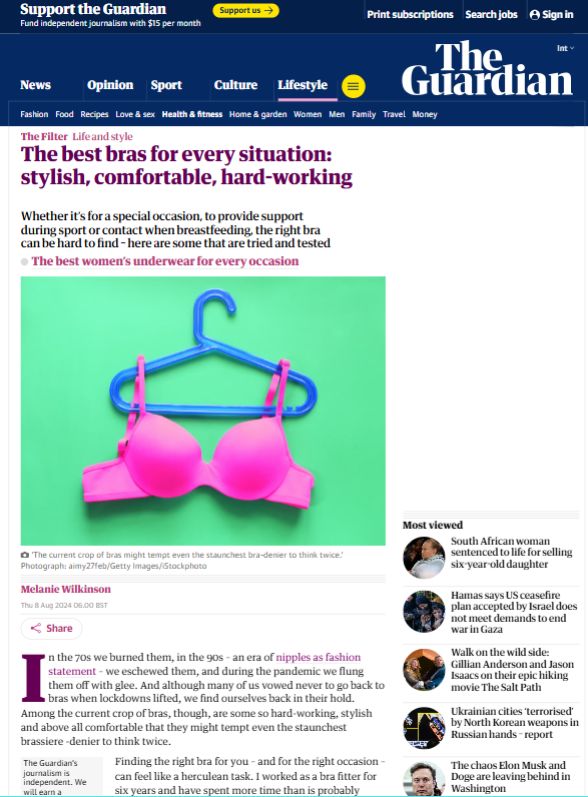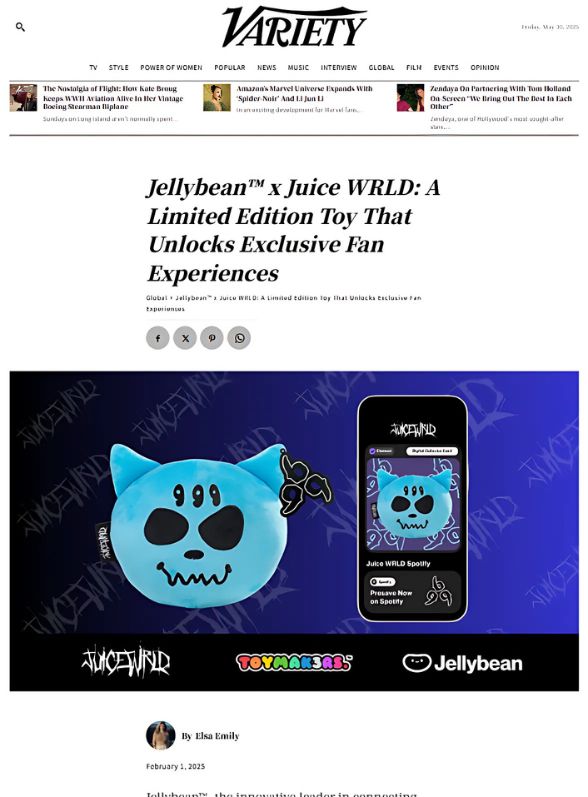In today’s interconnected world, media sharing has become an essential part of digital communication. Whether through social media platforms, professional websites, or file-sharing tools, individuals and organizations rely on sharing media to connect with audiences, showcase ideas, and promote their services. Media sharing examples provide valuable insights into how companies and individuals can use images, videos, audio, and documents to expand their reach and engage with others effectively. From casual photo uploads on Instagram to formal press release distribution on platforms like IMCWire, media sharing fuels both personal and professional growth.
Table of Contents
What is Media Sharing?
Media sharing refers to the act of distributing various types of media content such as photos, videos, audio clips, infographics, and documents through online platforms. This process allows users to reach broad audiences instantly and efficiently. The purpose of media sharing can vary depending on the context: social interaction, marketing, brand building, entertainment, or even education. For businesses, sharing media strategically ensures stronger brand visibility, consumer engagement, and a wider digital footprint.
Importance of Media Sharing in the Digital Era
Media sharing is not only about convenience; it’s about creating impact. Here are some of the main reasons why it has become vital:
- Enhances brand identity through visual storytelling
- Improves audience engagement by making content interactive
- Boosts SEO performance through images and videos on websites
- Facilitates viral marketing campaigns that increase brand awareness
- Builds trust and authenticity when businesses share behind-the-scenes content
With countless platforms offering tools for sharing media, understanding the best media sharing examples can help businesses and individuals choose the right approach for their goals.
Types of Media Sharing
There are several types of media sharing, each with unique benefits.
Image Sharing
Photos are the most commonly shared media across digital platforms. Businesses use images for product displays, infographics, and promotional banners, while individuals share them for personal expression. Platforms like Instagram, Pinterest, and Flickr are prime examples of image-sharing hubs.
Video Sharing
Video is one of the most powerful forms of media, providing rich, engaging content. Companies often share video ads, tutorials, or brand stories on YouTube, TikTok, or Vimeo to connect with audiences in memorable ways.
Audio Sharing
Podcasts, music, and voice notes fall under audio sharing. Platforms like Spotify and SoundCloud allow creators to share audio-based content with audiences worldwide.
Document Sharing
In the professional sphere, documents such as PDFs, presentations, and reports are often shared on platforms like Google Drive, Dropbox, and SlideShare. Document sharing is crucial for collaboration and knowledge distribution.
Mixed Media Sharing
Modern platforms often allow users to share a combination of media forms, such as videos embedded with images, text, and audio. Social media apps like Facebook and LinkedIn support this form of integrated content sharing.
Popular Media Sharing Examples
To better understand the role of media sharing, let’s explore notable examples across different categories.
Social Media Platforms
- Instagram: Known for visual content, Instagram allows brands to share photos, reels, and stories to engage audiences.
- Facebook: Offers a mix of media sharing including videos, live streams, and image albums.
- TikTok: Short-form video sharing has made TikTok a top choice for creative and viral campaigns.
- LinkedIn: A professional network where businesses share documents, videos, and infographics to build credibility.
Video-Based Platforms
- YouTube: The world’s leading video-sharing platform where brands post tutorials, advertisements, and campaigns.
- Vimeo: Used by professionals for high-quality video presentations.
- Dailymotion: A popular platform for content creators targeting diverse audiences.
Image-Based Platforms
- Pinterest: A hub for inspiration where brands and individuals share images linked to websites.
- Flickr: Focused on high-resolution photography sharing.
- Snapchat: Offers short-term image and video sharing that engages younger audiences.
Document Sharing Platforms
- Google Drive: Enables easy sharing and collaboration on documents, spreadsheets, and presentations.
- Dropbox: Known for secure document and file sharing for businesses.
- SlideShare: Popular for sharing professional presentations and infographics.
Audio Sharing Platforms
- Spotify: Offers a global stage for podcasts and music creators.
- SoundCloud: Allows independent artists to share and distribute audio content.
- Apple Podcasts: A widely used platform for podcast distribution.
Business Benefits of Media Sharing Examples
When businesses utilize media sharing effectively, they enjoy numerous benefits that strengthen their overall brand strategy.
Enhanced Audience Engagement
Sharing images, videos, and documents makes it easier to attract attention and interact with audiences. A single viral video can bring massive visibility to a business.
Cost-Effective Marketing
Media sharing platforms often provide free or affordable options for promoting content, making them cost-effective for both small and large businesses.
Better Brand Storytelling
Media sharing allows brands to tell their stories more visually and effectively, leaving a lasting impression on their target audiences.
SEO and Online Visibility
Sharing optimized media improves search engine rankings and enhances discoverability. For instance, sharing press releases with images and videos through IMCWire can boost a company’s visibility significantly.
Media Sharing for Public Relations
Public relations strategies rely heavily on media sharing. Press releases, company updates, event announcements, and product launches require effective distribution through media platforms. This is where companies like IMCWire play a vital role by offering professional press release distribution services that integrate multimedia elements for maximum impact.
Why IMCWire is Essential for Media Sharing
When considering media sharing examples, one cannot ignore the importance of professional platforms that help businesses stand out. IMCWire is more than a press release distribution service; it is a trusted partner for businesses looking to expand their digital footprint. By enabling the distribution of multimedia-rich content, IMCWire helps brands connect with journalists, media outlets, and target audiences on a larger scale. For companies that want to ensure their press releases reach the right people with the right visual and textual impact, IMCWire is the go-to solution. Choosing IMCWire ensures professional, reliable, and results-driven media sharing, giving businesses an edge over competitors.
Case Studies of Media Sharing Examples
To see how media sharing impacts real-world outcomes, let’s review a few scenarios.
Example 1: A Fashion Brand
A small fashion startup shares Instagram reels showcasing their new collection. Within weeks, they gain thousands of followers and increased sales due to the viral reach of their creative videos.
Example 2: A Technology Company
A tech company distributes a press release through IMCWire, embedding product images and a demo video. The release gets picked up by multiple media outlets, driving higher visibility and credibility.
Example 3: An Educational Institution
An online learning platform uploads tutorial videos on YouTube, gaining subscribers worldwide. These videos serve as marketing tools that attract new students.
Example 4: An Independent Musician
By uploading tracks on SoundCloud and Spotify, a musician reaches a global audience and secures collaboration opportunities with labels.
Future Trends in Media Sharing
The landscape of media sharing continues to evolve. Some key trends include:
- Growth of short-form video sharing on platforms like TikTok and Instagram Reels
- Integration of augmented reality (AR) and virtual reality (VR) in shared media
- Increased use of live streaming for events, launches, and communication
- AI-driven personalization for media recommendations
- Secure blockchain-based file-sharing systems for professionals
How to Use Media Sharing for Business Growth
Businesses can maximize the benefits of media sharing examples by adopting the following strategies:
- Create high-quality, shareable content tailored to their target audience
- Use analytics to measure the performance of shared media
- Collaborate with influencers who specialize in media platforms
- Regularly update content to stay relevant in rapidly changing markets
- Leverage professional services like IMCWire for distribution of press releases and corporate updates
Conclusion
Media sharing has redefined the way people communicate, market, and build reputations in the digital space. From casual image sharing on Instagram to professional press release distribution through IMCWire, businesses and individuals have countless ways to connect with audiences. By studying media sharing examples and applying them effectively, organizations can achieve higher engagement, improved branding, and long-term success. IMCWire stands as a powerful partner for companies that want to integrate media sharing into their communication strategies and make a lasting impression on the market.

